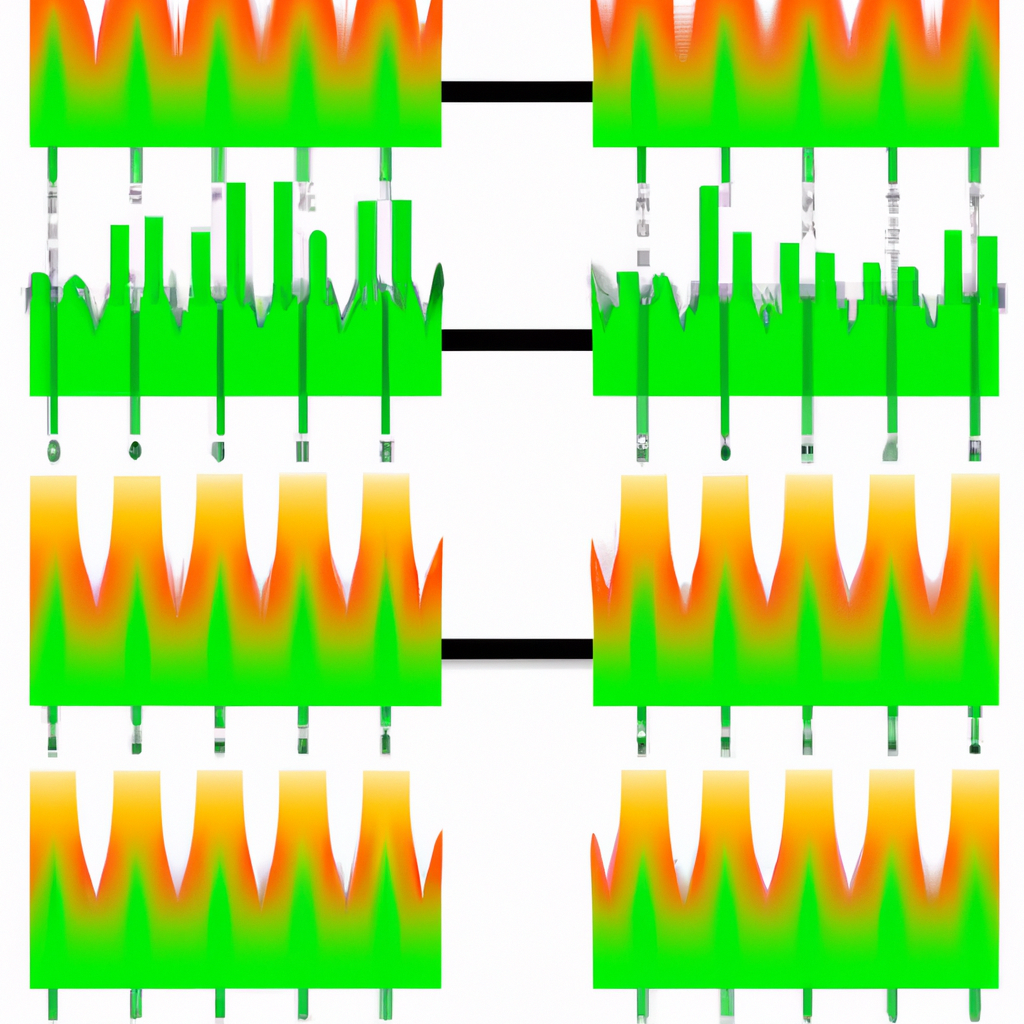Oscillators and Momentum Indicators: A Comprehensive Guide
Introduction
Oscillators and momentum indicators are essential tools used by traders and investors to analyze and predict market trends. These technical indicators help identify overbought and oversold conditions, trend reversals, and potential entry or exit points for trades. In this article, we will explore the concept of oscillators and momentum indicators, their significance in technical analysis, and how they can be effectively used to enhance trading strategies.
Understanding Oscillators
Oscillators are a type of technical indicator that fluctuates between two extreme levels, typically within a bounded range. They measure the momentum and strength of price movements, indicating whether an asset is overbought or oversold. Oscillators are particularly useful in identifying potential trend reversals and generating buy or sell signals.
Popular Oscillators
There are several widely used oscillators, each with its own calculation method and interpretation. Some of the most popular oscillators include:
- Relative Strength Index (RSI): RSI measures the speed and change of price movements. It ranges from 0 to 100, with values above 70 indicating overbought conditions and values below 30 indicating oversold conditions.
- Stochastic Oscillator: The stochastic oscillator compares the closing price of an asset to its price range over a specified period. It ranges from 0 to 100, with values above 80 suggesting overbought conditions and values below 20 suggesting oversold conditions.
- Moving Average Convergence Divergence (MACD): MACD measures the relationship between two moving averages of an asset’s price. It consists of a MACD line, signal line, and a histogram. Crossovers and divergences between these lines provide buy or sell signals.
Interpreting Oscillator Signals
When using oscillators, traders look for specific signals to make informed trading decisions. Here are some common interpretations of oscillator signals:
- Overbought Conditions: When the oscillator reaches or exceeds the upper threshold (e.g., 70 for RSI), it suggests that the asset may be overbought, and a price correction or trend reversal may occur. Traders may consider selling or shorting the asset.
- Oversold Conditions: When the oscillator falls below the lower threshold (e.g., 30 for RSI), it indicates that the asset may be oversold, and a price rebound or trend reversal may happen soon. Traders may consider buying or longing the asset.
- Divergence: If the oscillator’s trend differs from the price trend, it may indicate a potential trend reversal. Bullish divergence occurs when the price makes lower lows while the oscillator makes higher lows, suggesting a possible upward movement. Conversely, bearish divergence occurs when the price makes higher highs while the oscillator makes lower highs, indicating a potential downward movement.
Introduction to Momentum Indicators
Momentum indicators are another type of technical analysis tool used to assess the speed and strength of price movements. Unlike oscillators, momentum indicators do not have bounded ranges but instead provide a single line or histogram to represent the momentum of an asset’s price.
Popular Momentum Indicators
Here are some commonly used momentum indicators:
- Relative Strength Index (RSI): As mentioned earlier, RSI can also be considered a momentum indicator as it measures the speed and change of price movements.
- Moving Average Convergence Divergence (MACD): MACD, in addition to being an oscillator, is also a momentum indicator. The histogram component of MACD represents the momentum of price changes.
- Rate of Change (ROC): ROC calculates the percentage change in an asset’s price over a specified period. It helps identify the speed of price movements and potential trend reversals.
Utilizing Momentum Indicators
Momentum indicators are used to confirm the strength of a trend, identify potential trend reversals, and generate entry or exit signals. Here are a few ways traders utilize momentum indicators:
- Trend Confirmation: If the price of an asset is rising, a momentum indicator should also show an upward trend, indicating a strong and sustainable bullish trend. Conversely, if the price is falling, a downward trend in the momentum indicator confirms the bearish trend.
- Overbought/Oversold Conditions: Similar to oscillators, momentum indicators can also signal overbought and oversold conditions. Extreme readings suggest that the price may be due for a reversal.
- Divergence: Just like with oscillators, divergences between the momentum indicator and price can indicate potential trend reversals. Bullish divergence occurs when the price makes lower lows while the momentum indicator makes higher lows, indicating a possible upward movement. Bearish divergence occurs when the price makes higher highs while the momentum indicator makes lower highs, suggesting a potential downward movement.
Conclusion
Oscillators and momentum indicators are valuable tools for traders and investors to analyze market trends, identify potential reversals, and generate entry or exit signals. By understanding these technical indicators and their interpretations, traders can improve their decision-making and enhance their trading strategies. However, it is crucial to remember that no indicator is foolproof, and combining multiple indicators and analysis techniques is often recommended for more accurate predictions.



